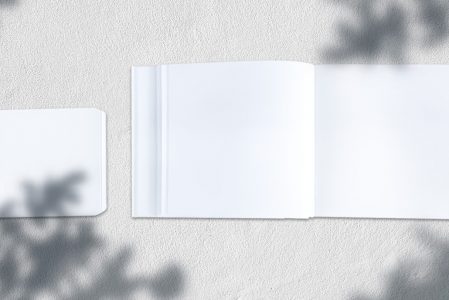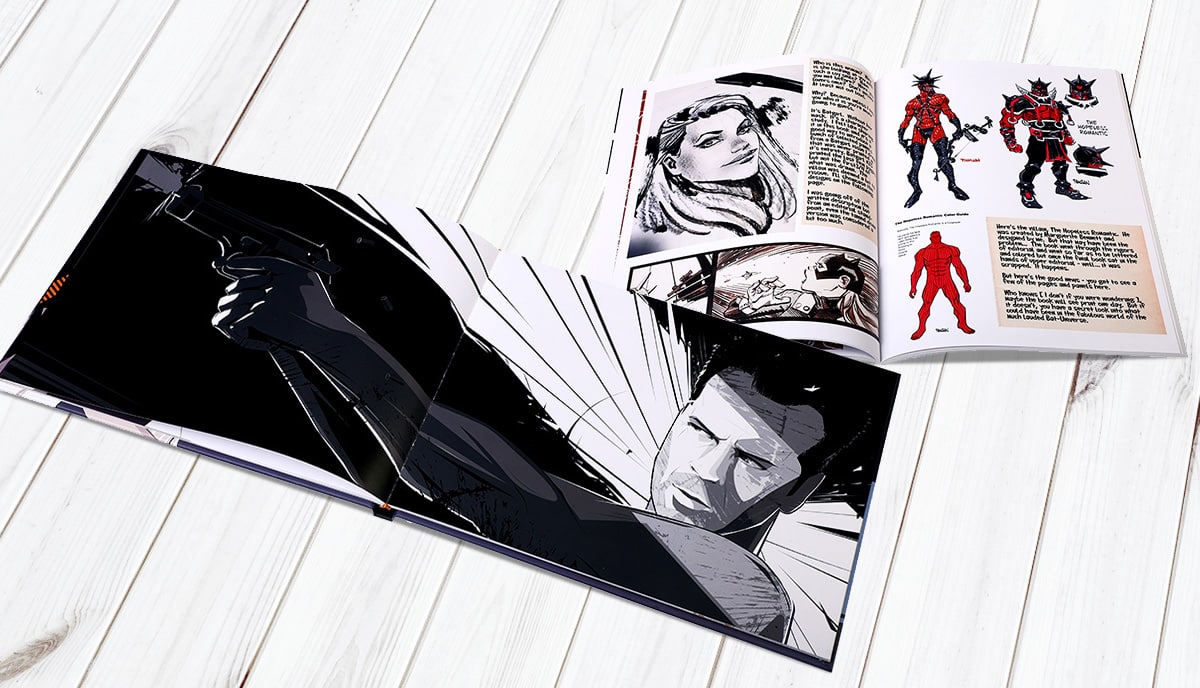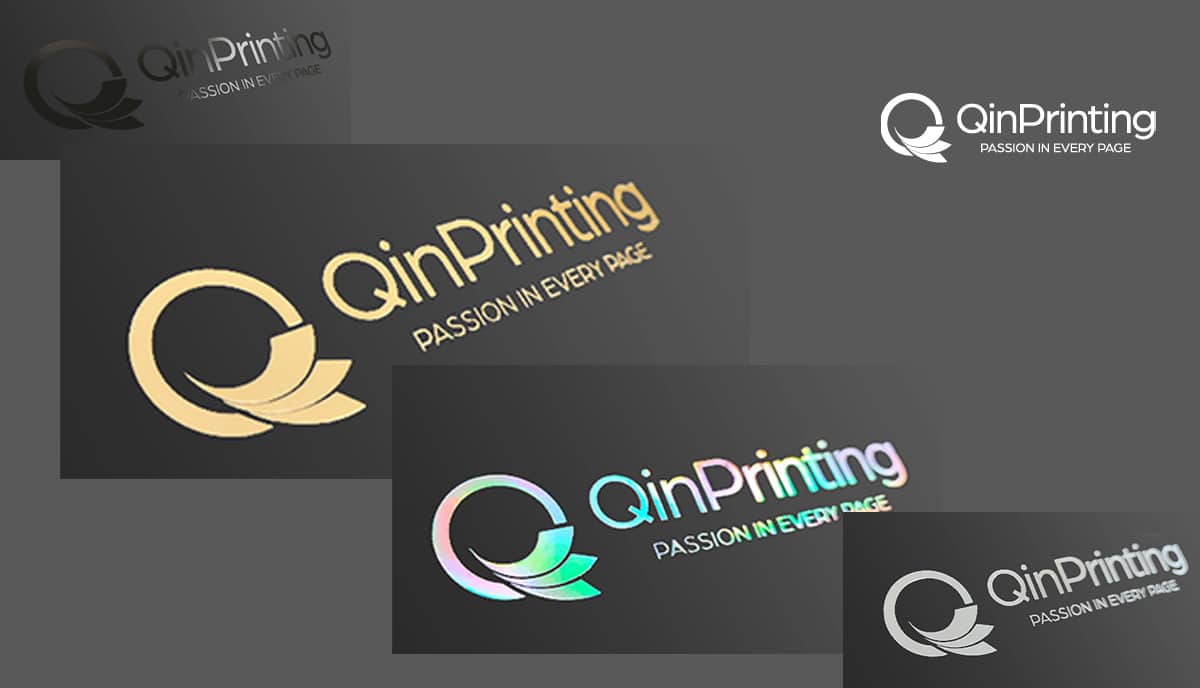Before you give your printer the go-ahead to produce hundreds or even thousands of copies of your print project, it’s important to check that everything is going to turn out as you expect. We examine the differences between PDF proofs, hard proofs, dummies, and samples and look at which checking method is best for which print projects.
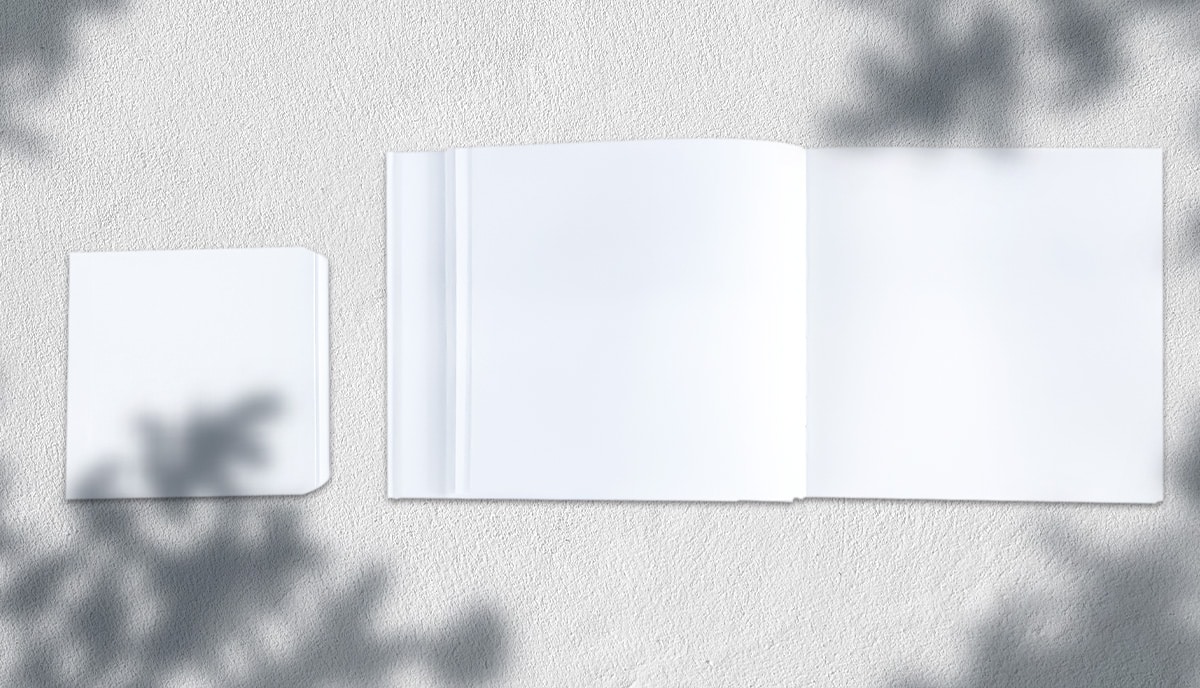
Seeing is believing
Whether you’re ordering your print products online or working with your local high street print store, you may feel uncertain about the quality and appropriateness of the final print product until you get to hold it in your hands and see it with your own eyes. This is completely understandable. Even if you’ve done the design work yourself — rather than outsourcing it to a third-party professional or agency — the pre-press work, and the plate setting, will go on “behind the scenes”.
But don’t worry, good printers will always provide you with some sort of mock-up of your book, flyer, leaflet, brochure, booklet, catalog, calendar, or whatever it is. This allows you to check for yourself that you’re happy with the paper quality, the binding, the printing, and the color reproduction before you commit to mass production.
Exactly what kind of mock copy you’ll get depends on the specifics of your print project. There is often confusion about the differences between PDF and hard proofs, dummies, and physical samples in offset printing. So, let’s look at each one in turn and clear up the confusion straightaway.
What is a PDF proof?
A PDF proof is the most common that you’ll come across and it’s the most widely applicable and sufficient for most print projects. Usually, it’s a PDF file which shows you the fundamental layout, font, artwork, and so on. Obviously, it’s entirely digital, and so you won’t have the pleasure of feeling the weight, texture, and exact color reproduction of your finished article. But in most cases, it’s a pretty good representation and enough for you to see that the final product will meet your needs.
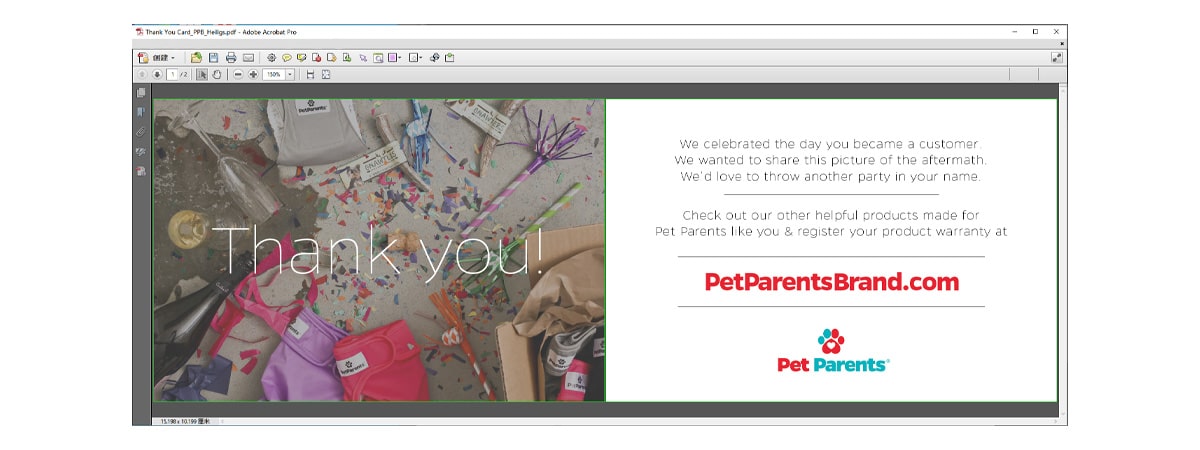
What is a hard proof?
A hard proof is a physical copy of your print project, but produced using digital printing technology, unlike your finished product, which will be printed using high-grade offset printing machines. Unlike the PDF proof, this is a copy you can hold in your hand and look at “in real life”. The important thing about a hard proof is that — as we do here at QinPrinting — your printer should use GMG color-proofing for this copy.
Without getting bogged down in the technical details, this means that we guarantee the hard proof to deliver at least 95% accuracy in color reproduction. For most people, this means they won’t be able to tell the difference between the colors in the proof and those in the finished product. So, this is a great option if you have a product in which accurate color reproduction is very important, such as an art book, coffee-table book, or a business report for which color branding is essential. But you still won’t get to touch and see the exact paper type or the binding with a hard copy. Which brings us on to dummies and samples.
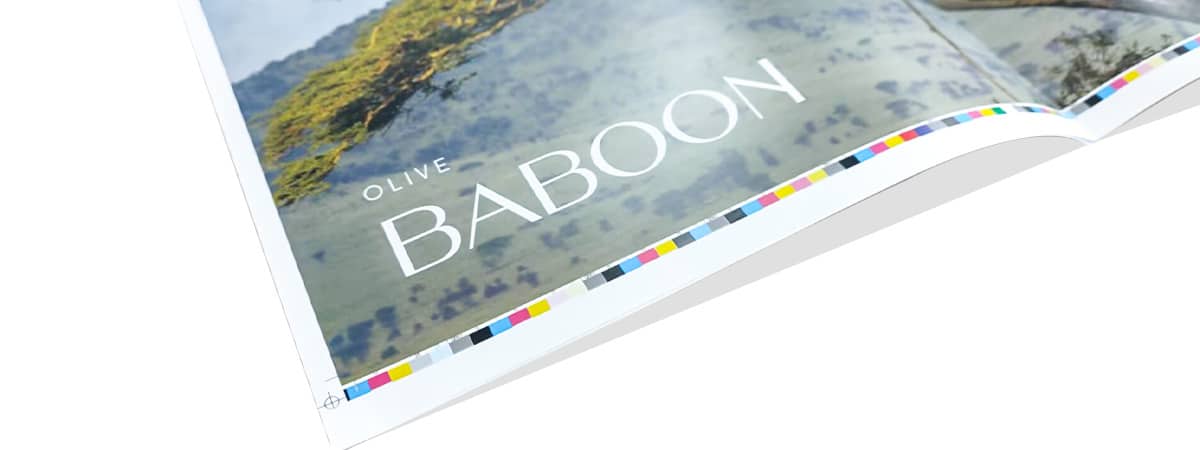
What is a dummy?
A dummy is a copy of your print product, which is made from the same paper from which we will make your final product and is bound in the same way. It’s like a sample, which we’ll look at in a moment, but differs because it focuses on the paper type and the binding, rather than the print quality, which may differ quite a lot from your finished product.

What is a sample?
A sample can mean three different things:
- A paper sample catalog
- An example of a previously printed product for another client which is like yours
- An exact sample of what your finished product will be, including high-quality printing, correct paper, binding, and GMG color proofing, but made digitally rather than printed on the offset machines
In the first case, a sample catalog is a book which contains examples of all the paper types and finishes from which you can choose.
In the second case, we can send you either a physical copy, photographs, or a video demonstration of an actual product that we’ve completed for a previous client so that you can see the paper, binding, color reproduction and so on. It won’t be your actual design, but it will be a product that is technically very similar to yours.
The third option is the closest you can get to holding your finished product in your hand before we go ahead and actually make it. It is a physical sample identical in almost every respect to how the finished offset product will be. In most cases, it isn’t necessary, as even a digital proof is usually enough to go on — at least, if you trust your printer! But some clients who are investing in expensive, high-end products with perhaps lots of fancy features and special finishes, like to get a physical sample to check before giving us the “green light” to go into mass production.
How much do these proofs, dummies, and samples cost?
PDF proofs are free and included as standard with our basic service package. The others, because of the material costs and extra work involved in producing them — and mailing them if they’re physical samples — incur a small fee. However, we only charge the fee necessary to cover the cost of making and delivering the sample. We don’t make a profit on proofs, dummies, and samples. It is purely part of our service to you and our commitment to making sure that you’re entirely happy with our products and services.
How do you choose which is best?
If you’re not sure which of these options is the best for you and your project, we recommend you get in touch to talk through your needs. But as a general rule of thumb, follow these simple guidelines:
- You should choose a hard proof if you want faithful color reproduction.
- If the quality of the paper and the binding are vital to your decision, ask for a dummy
- Go for a physical sample if you need a detailed, all-inclusive example of what you will get.
- If you already trust your printer and/or your product is simple — such as a flyer, brochure, or calendar — then a PDF proof is usually enough
Talk to us!
At QinPrinting, we believe that honesty, transparency, and clear communication are the foundations of all good business practice. That’s why we make it as easy as possible for you to contact us. You can get in touch by telephone, email, the live chat, Skype, or the online contact form.
If we can’t respond to you immediately — perhaps because we’re in different time zones — then we promise we’ll get back to you within 24 hours. And not only that, we guarantee that you’ll get to speak to one of our in-house experts, never a robot or a bored call center operator in some other part of the world. So, let’s talk.
We’ve been in this business for over 25 years and have clients who’ve been with us for almost as long. We’ll be delighted to hear from you to chat through your needs, offer our best advice, and give you a speedy, accurate, no-obligation quote. We look forward to working with you!
